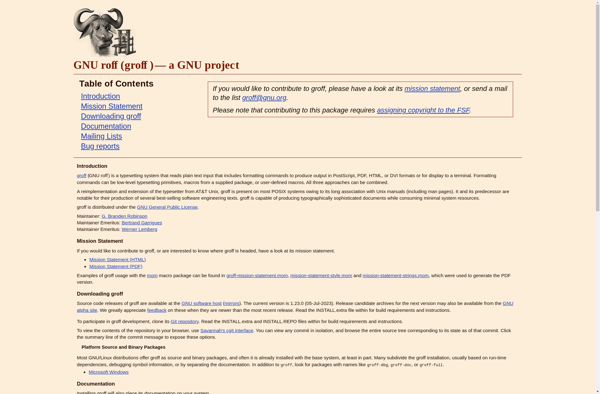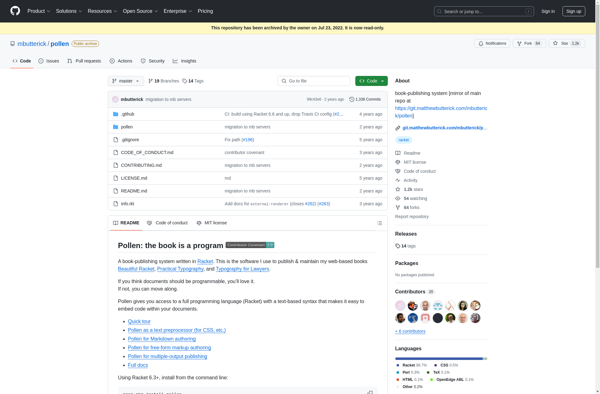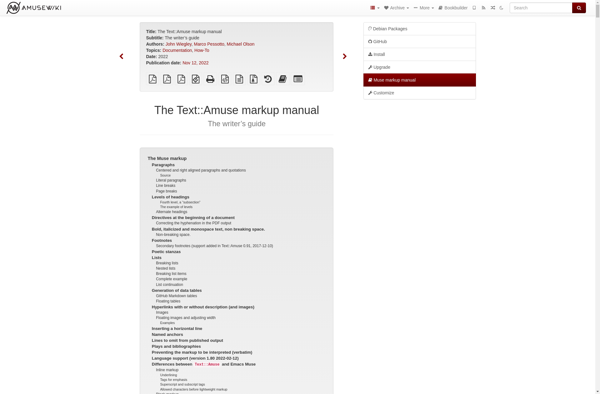DocBook

DocBook: XML-Based Technical Documentation Markup Language
DocBook is an XML-based markup language used for writing technical documentation. It provides a semantic markup system for marking up content such as chapters, sections, paragraphs, figures, and tables.
What is DocBook?
DocBook is an XML-based markup language that is well-suited for writing technical documentation. It has a large number of semantic markup constructs that allow you to clearly identify important components of documentation such as chapters, sections, code examples, figures, tables, notes, warnings, etc.
The advantage of DocBook over using something like raw HTML for documentation is that by using semantic markup, it keeps the content of the documentation separate from the appearance of the documentation. This means you can generate multiple outputs from the same DocBook document - such as PDF, HTML, ePub based on different styling used.
DocBook allows you to manage large and complex documents with precision and detail. It is quite easy to generate tables of contents, indexes, and glossaries from DocBook files. Over the years a rich ecosystem of tools has developed around DocBook to edit, publish and manage documentation.
Some of the popular DocBook editors include Oxygen XML Editor, XMLmind, and Emacs with PSGML mode. Tools like XSLTProc, Apache FOP, and dblatex allow you to transform DocBook files into various output formats. The separation of content from presentation is what makes DocBook extremely useful for managing large documentation requirements.
DocBook Features
Features
- XML-based markup language
- Used for writing technical documentation
- Provides semantic markup for content like chapters, sections, paragraphs, figures, tables
- Widely used for software documentation
- Supports cross-referencing between documents
- Can output to multiple formats like PDF, HTML, EPUB
Pricing
- Open Source
Pros
Cons
Official Links
Reviews & Ratings
Login to ReviewThe Best DocBook Alternatives
Top Development and Documentation and other similar apps like DocBook
Here are some alternatives to DocBook:
Suggest an alternative ❐Groff

Pollen

ConTeXt (Typesetting System)

Text::Amuse
